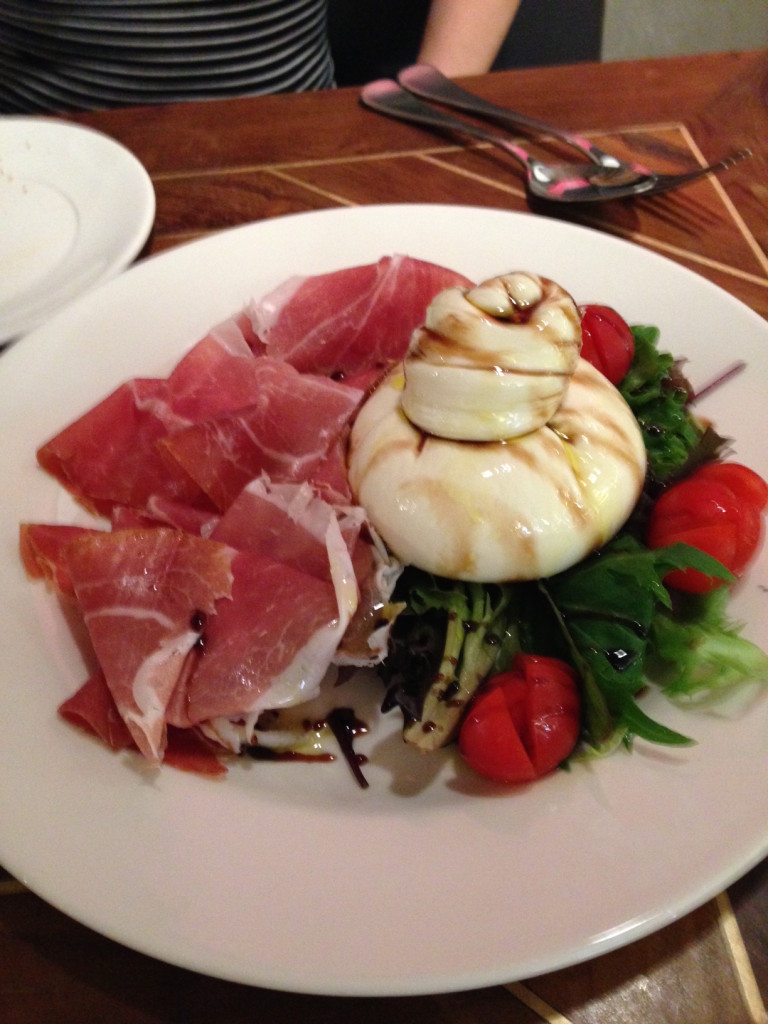
My first #MealforaMeal food pic was posted on Instagram on 25th July at 12.55pm.
When was yours?
Peer to peer fundraising
If you’ve read my book, you’d know that I’m not a big advocate of social media for fundraising – with one exception. Event fundraising or Peer to Peer fundraising has proven how effective social media can be for raising money online.
If you’re not familiar with the terminology, peer to peer fundraising is usually driven by events or participation and action. It is driven by individual supporters who raise money for a cause. You may be familiar with Movember or the Leukaemia Foundation’s World’s Greatest Shave or Oxfam’s Trailwalker. These are classic peer to peer fundraising events.
Peer-to-peer fundraising events like the Leukaemia Foundation’s World’s Greatest Shave saw 21% of its AU$20.3 million in revenue come in via mobile donations. The event now drives two-thirds of the Leukaemia Foundation’s annual recurring revenue.
Oxfam Australia’s Trailwalker event drew 6292 participants in 2012 (which is all facilitated online) and raised over AU$8 million dollars – with almost all revenue generated online.
#MealforaMeal
Virgin Mobile, as part of its Making Mobile Better brand commitment, has teamed up with Oz Harvest to help feed people who are struggling to put food on the table. They took the popular social media phenomenon of taking pics of our food, often using hashtags like #nomnom or #foodporn or #nibble&slurp, and turned it into an action for good. They asked people who love food to help feed the hungry by adding the hashtag #MealforaMeal every time they post a food pic. For every #MealforaMeal hashtag used online, Virgin Mobile will donate one meal to the hungry through Oz Harvest.
The secret to success
This is a great peer for peer fundraising campaign. It’s a little different, in that while it’s individuals who are taking the action, it is the corporate partner who is donating the funds. But who cares? The needy get what they need. The reason it’s great is because it is so simple. It’s latched onto an action that people already do naturally, like taking picture of what they’re eating. Universal truths resonate with people because it is relevant to them. With this campaign they’ve made it very easy for people to just do what they do naturally, but if they add the #MealforaMeal hashtag, they get to feel good about contributing to the solution to a real problem.
This campaign has been very effective but we can’t deny that it might not have taken off as well had it not had Virgin Mobile’s media dollars and PR team behind it. They have a television commercial with Glee star Jane Lynch which has got some decent air time and they have been able to use their brand and buying power to enlist foodies like Adriano Zumbo, George Calombaris and Neil Perry to promote it. Of course Oz Harvest is also promoting it to their supporters.
Meal for the hungry
Oz Harvest report that over 2 million Australians depend on food relief to get through their week. Meanwhile, we waste over 8 million tonnes of food every year in Australia. Wastage is something that I’m very conscious of and in our house we try not to waste water, energy or food so we have a compost, a worm farm and a dog so there is very little wastage but I want to support the great work that Oz Harvest do and this campaign makes it easy.
#MealforaMeal launched in July and the campaign aims to deliver 400,000 meals to the hungry. As of 13th November 2014 when I saw Virgin Mobile’s CEO David Scribner talk at the City of Sydney’s City Conversations event, there have been 191,000 #MealforaMeal hashtags used and as many meals donated. It’s dropped off in recent weeks as the media buzz has died down but I’ll be trying to remember to use the hashtag when I post pics of the food my husband has been preparing for me, and you should too. We still have over 200,000 meals to go.
